MOBAs: you either love them or hate them. I fall squarely into the “hate them” camp. I’ve never had much time for them, or for the amount of effort required to become proficient at running little characters up and down three lanes. My dislike of them probably goes back to Warcraft 3 where the idea of levelling up a hero in an RTS just felt awkward and took something away from the RTS elements of the game.
Something strange has happened though. Somehow, I got into the early Alpha test for Epic’s new MOBA Paragon – I must have signed up and forgotten about it. After spotting the key in a “You’re in!” email I eventually got around to installing it with little intention of playing it for any real length of time. If there was one thing I wasn’t keen on spending any time on, it was a MOBA.
When I first started playing Paragon I had no real idea how it was going to play out; after all, I had only spent small amounts of time in games such as League of Legends and Dota 2. Tim is our Dota 2 expert and he had a good laugh at my attempt at playing that game. I put that down to coming to the game late and therefore playing like a complete n00b with no idea what was going on.

A decent roster to get started.
Firing up Paragon for the first time wasn’t too daunting – certainly less daunting than I was expecting – and that could be because it feels different thanks to the third-person view. Perhaps I was just more comfortable with third-person instead of a top-down click fest. Initially, though, it felt slow. Now, I know MOBAs aren’t about dashing around shooting stuff as fast as possible, and Paragon doesn’t let you do that, so that’s probably why I initially felt the game was just too slow. I wanted my characters to run like the wind down the lanes.
I decided to persevere and it wasn’t long before something clicked. After literally only a few games the speed was no longer a problem – in fact, it made perfect sense as I started to get to grips with the characters and their skills. I think I tried all the characters over a period of days when Early Access launched and I eventually decided it was a good idea to be master of one instead of master of none. If I was going to become any good at this I had to stick with a single character, at least until I had figured out all the different elements that make Paragon a MOBA.
Gadget is my character of choice. She’s a slow-mover that utilises skills such as a sticky bomb, a small drone-like robot that dishes out AOE damage, a speed gate to help push minions down lanes, and an ultimate which is a powerful damage-unleashing tesla dome. Gadget was the ideal character for someone like myself who doesn’t enjoy fighting toe-to-toe with some of the game’s heavier tank classes.
Moving about the map is done at one of two speeds: the normal movement speed, and “fast travel” which take a few seconds to kick in once activated. If a player gets shot in fast travel mode then they get rooted, and will probably die if it’s an enemy player that caught you. Players will need to return back to the base to replenish health and mana, and to switch cards, which we’ll get to. As you’d expect, teleporting back to base requires you to sit and channel for a couple of seconds.
The first few days of playing were frustrating and I had to turn off the “shooter” part of the brain. There was loss after loss. It wasn’t until about day five that I managed to calm myself and think about things more strategically. The problem with Gadget is she doesn’t fare too well if she’s jumped on by an opponent. Her escape skill is to deploy the speed gate and run away, which works… but not every time if you aim it even slightly porly. My death count in the scoreboard at the end of matches was far too high, so that needed to be addressed.
The more you die, the more it hurts your team. Not only does it give your killer some experience, but every time a player dies they have to wait to respawn. They’re out of the action, they’re not levelling up, and their team is a player down. This is critical and last night, for some reason, four of our team members died at once which lost us a game that was effectively in the bag. Damn you, death.
Paragon is a MOBA. There are three lanes and a jungle. There are a total of six towers which need to be destroyed, and three Inhibitors just before the ultimate goal – the Core. If an Inhibitor is taken out, the attacking team will start spawning tougher Super Minions. However, these Inhibitors regenerate over time and will eventually return, which stops the Super Minions spawning. Standard MOBA stuff.
This wouldn’t be a MOBA without items, but in Paragon they’re called cards and work slightly differently. These cards are sorted into Decks and each character comes with a starter deck of cards that are suited to the character’s abilities. Cards are unlocked as you play and the better you perform with a single character the more likely your card collection will grow. (And it’s worth pointing out here that Paragon is not pay-to-win.)
The card system looks daunting at first, but there’s logic to it. During a match, a player can slot up to six cards onto their character, and if you feel you’ve made a mistake you can replace any card you like – but once a card is removed it can’t be slotted back onto the character. Equipped cards can then be further upgraded with upgrade cards, which enhance that card further. So even though there are only six card slots, up to three upgrade cards can be placed in each of your attribute-boosting cards.
Cards cost Card Points and each card has a Card Point value. Card Points are earned by killing stuff on the battlefield, so the quicker you kill those minions, the quicker the points rack up, letting you slot in more cards and upgrades. “Last hitting” the minions gives a further boost to Card Points, so a bit of skill gets you more powerful more quickly.
Understanding the cards is essential, and that’s where the game falls down a little at the moment. The upgrades you can apply to cards depend on the main card type. If the main card increases your energy damage then you can only slot in upgrades that synergise with that. The problem is it’s not always obvious what cards will work with each other which means deck building can take time. There’s nothing worse than joining a game and discovering half the cards you’ve taken into the match won’t work with each other.
The cards are only part of the puzzle, as skills also need to be levelled up. Skills unlock gradually as a character levels and this is handled by hitting the CTRL key and then one of the five skill hotkeys. It’s quick to manage this even in the throes of battle. The more powerful skills will only unlock once you’ve levelled, and skills can be continually upgraded as the match progresses. It’s pretty much what you’d expect from a MOBA.
The alpha contains one map which comes with the obligatory three lanes and a dense jungle between each of the lanes, which allows for some easy lane-hopping. Inside the jungle foliage there are mobs to kill, and a larger foe spawns as a match progresses, which holds the Orb Prime, a drop capable of giving a team-wide buff. The last player to hit this large creature is granted the Orb which then needs to be taken to a point deep in enemy territory; taking it there activates all team members’ Prime cards. This is the seventh card in the deck and can be considered a kind of ultimate buff. These Prime card effects are also passed on to nearby minions, so that team-wide buff can hugely change that flow of the game.
Finally, I think, there are harvesters. These are dotted around the jungle and, once claimed for your team, they gradually accrue Card Points. Any allied player can then visit these to activate them and collect the amber orbs they spew out, which are granted to all team members. However, the enemy team can destroy your harvesters and claim them for their own. It’s an extra element to the overall gameplay to consider.
That pretty much covers how the game works. It’s not that complicated and I certainly found it less daunting to get to grips with than Dota 2, even though – as you can probably tell – it shares many features with “typical” MOBAs like Dota 2, League of Legends, and Smite. If you hated those games then don’t let that put you off trying Paragon, as it has a different “feel”.
I don’t really know why I am enjoying Paragon, but Epic appears to be creating a MOBA that non-MOBA players might enjoy, while at the same time providing most of the features that seasoned MOBA veterans will know from other games.
Am I a MOBA convert? Probably not – but I’m definitely a Paragon convert.

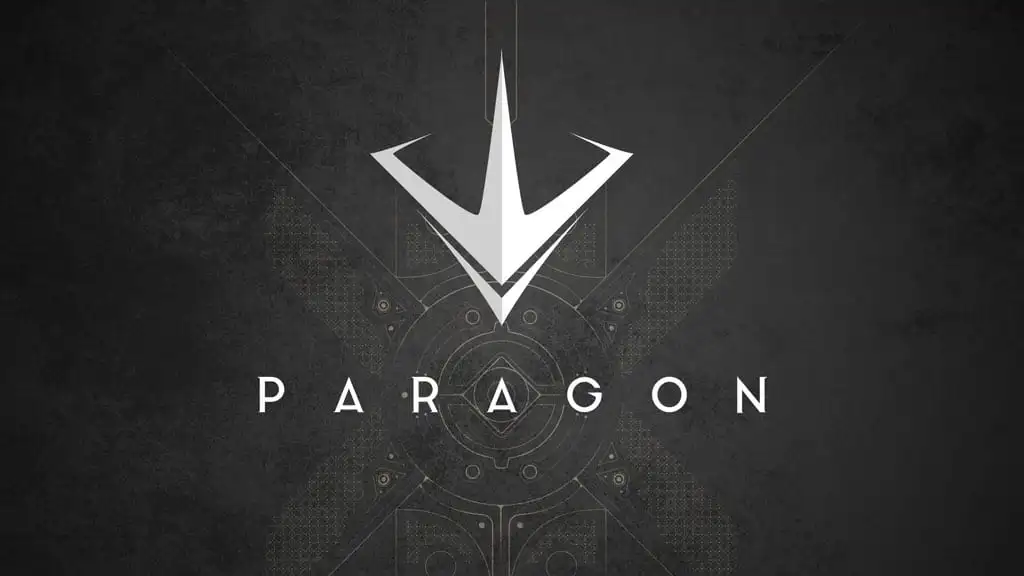





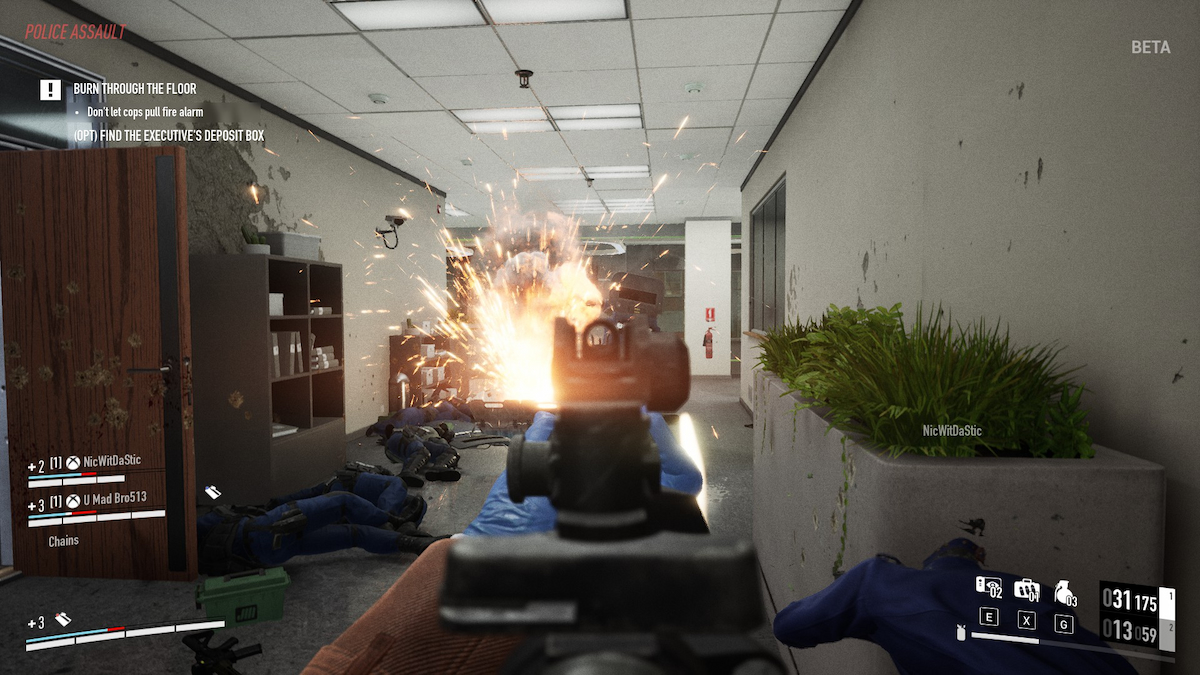
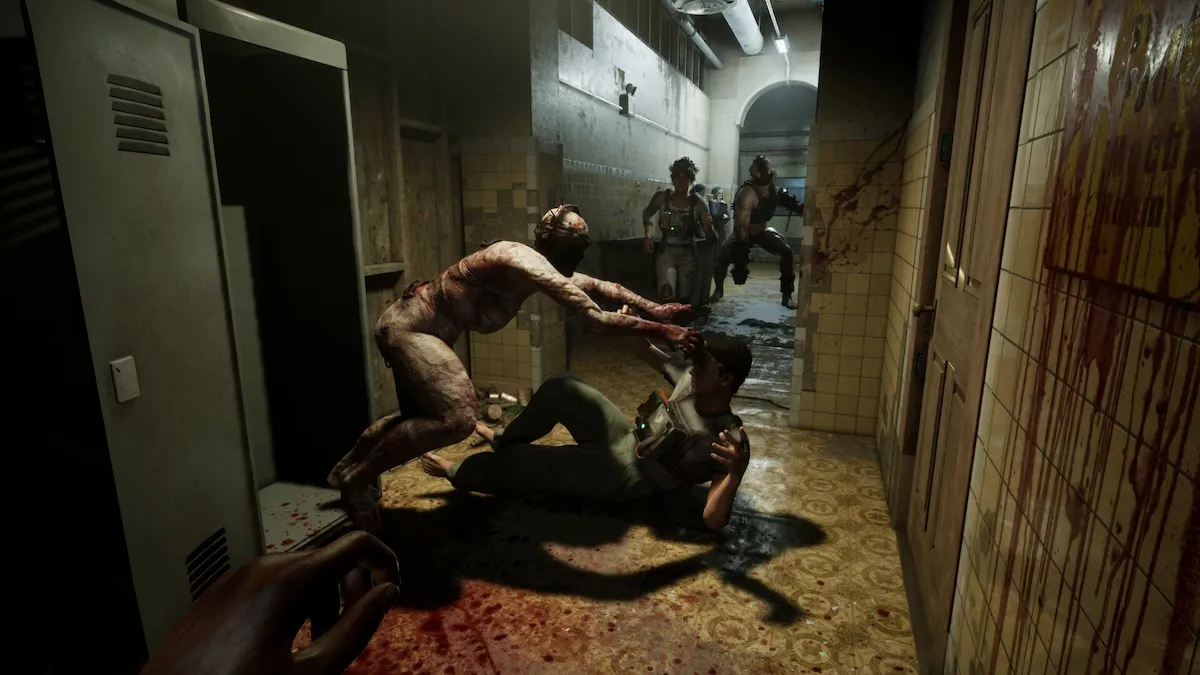
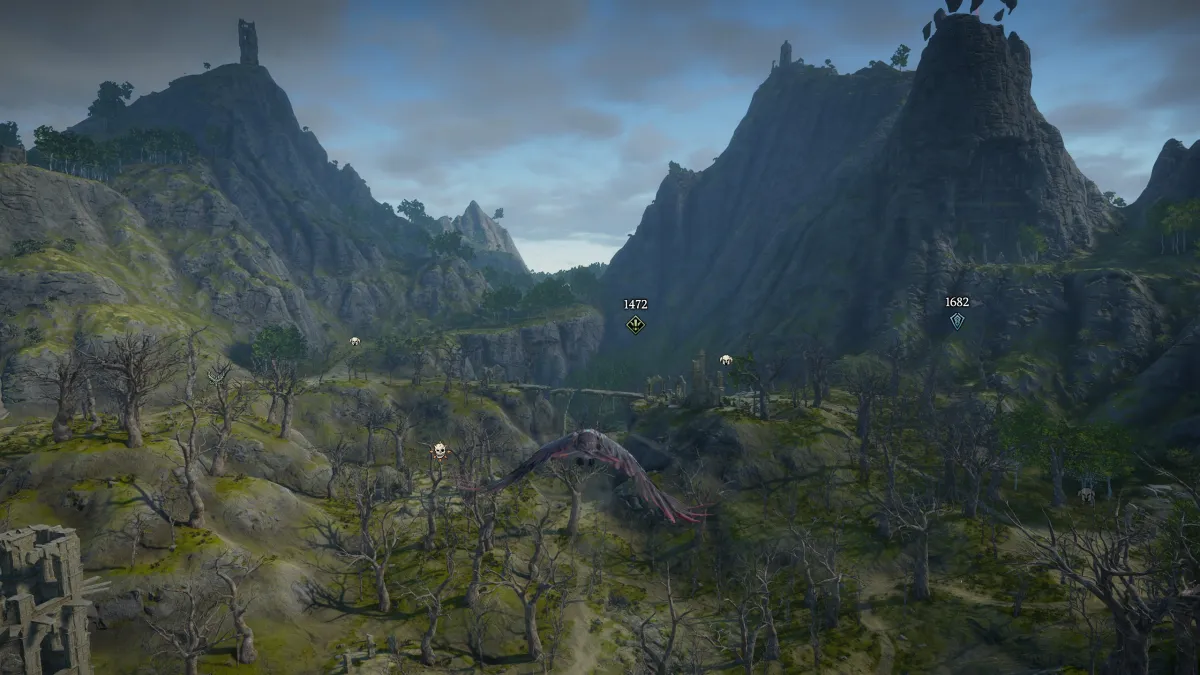
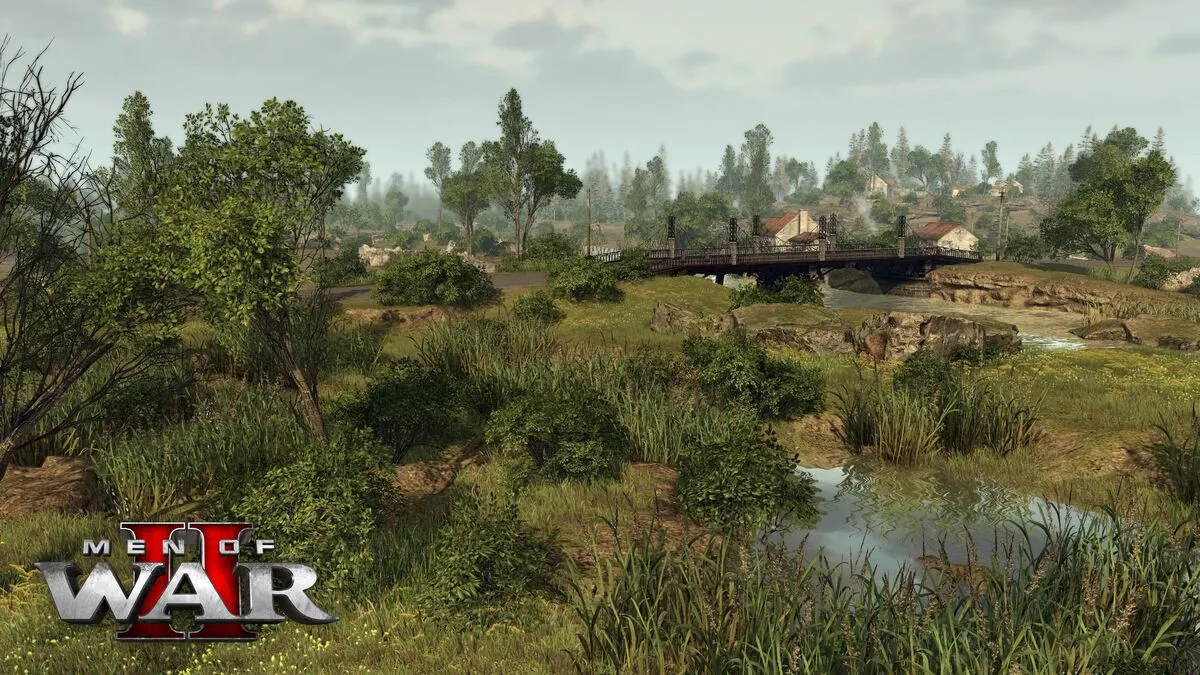
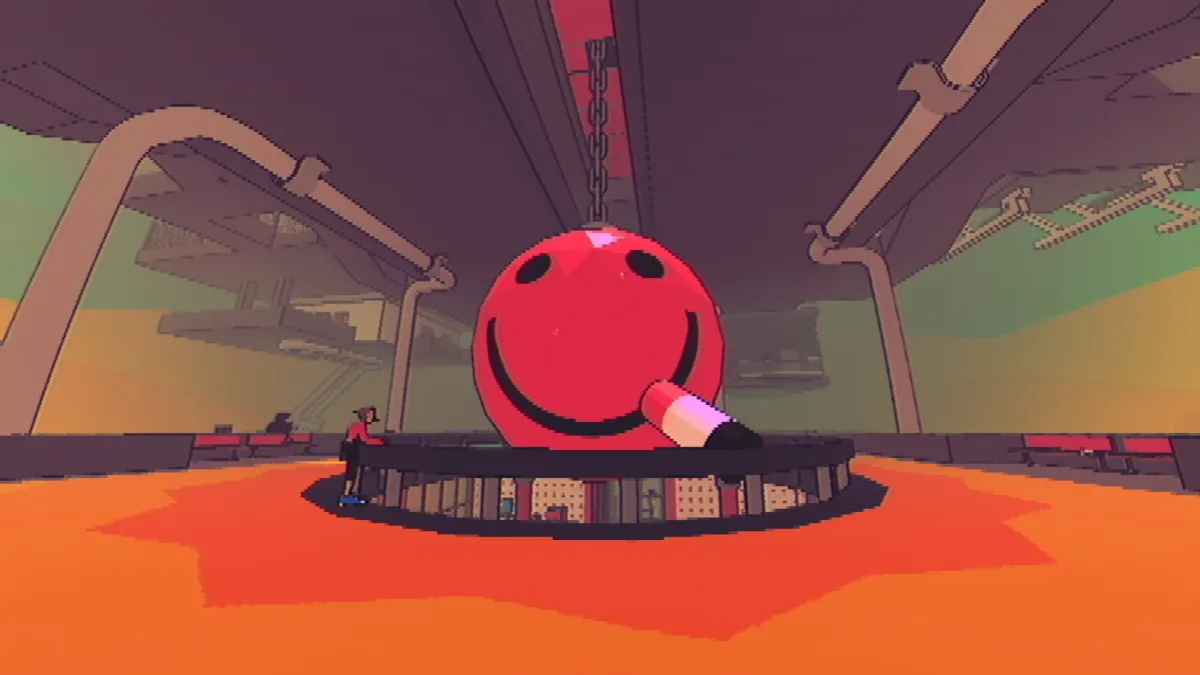
Published: Apr 7, 2016 1:00 PM UTC